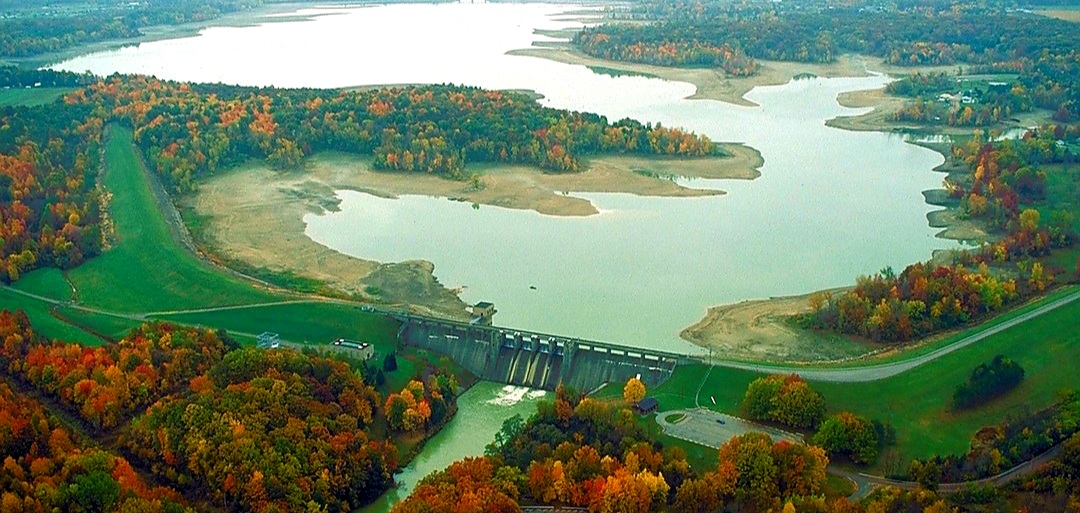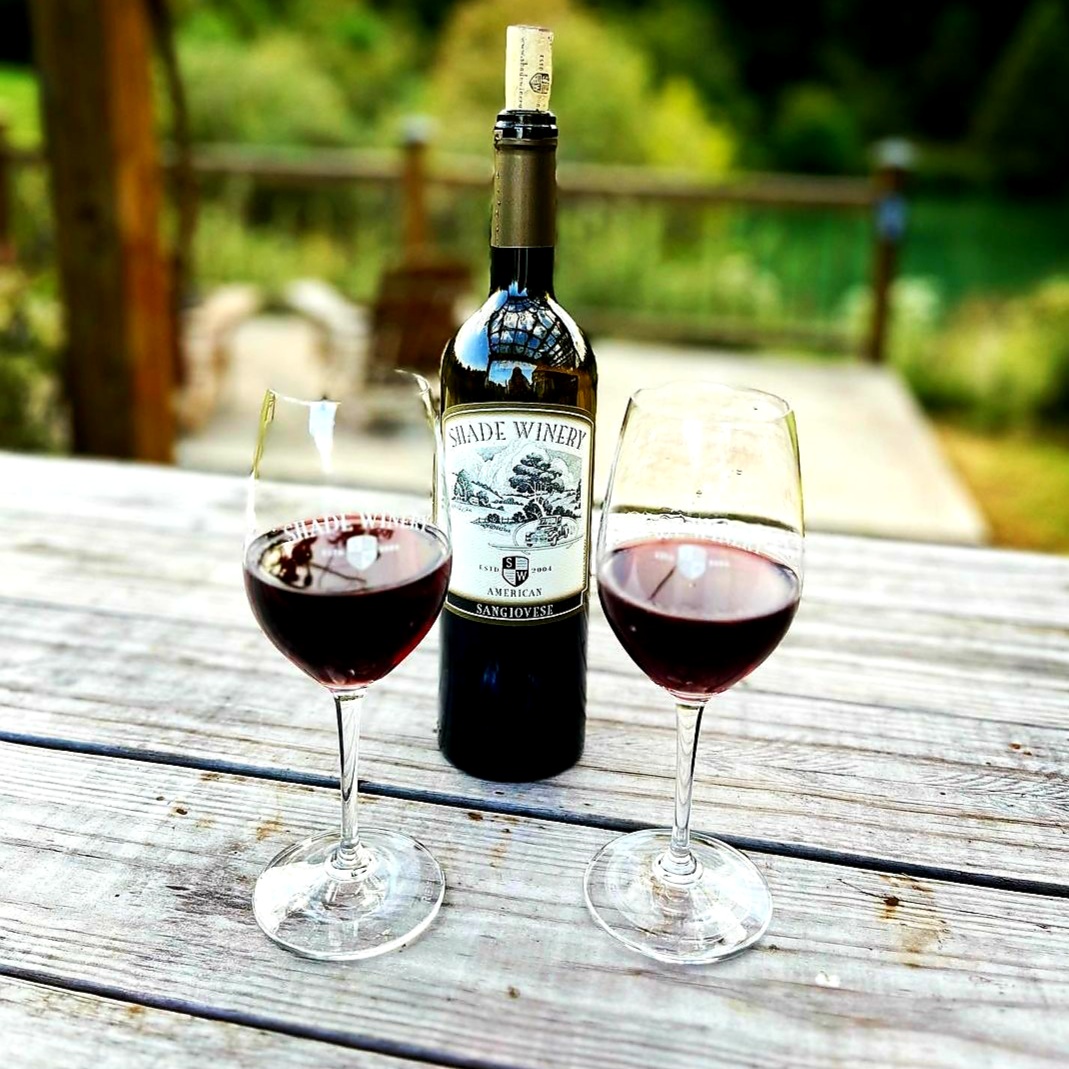Ohio has a rich winemaking history that begins in the 1800s when Nicholas Longworth, a pioneer in the commercial wine industry, planted the Catawba grape in Cincinnati above the Ohio River. Unlike the stronger tasting wines of that era, Longworth’s Catawba grapes produced a semi-sweet wine that quickly won praise from consumers. His ventures were so successful that by 1859 Ohio had become the leading producer of wine, boasting over 3,000 acres of grapes along the river between Cincinnati and Ripley, Ohio. Today, Ohio has over 250 wineries.
German immigrants brought winemaking traditions to the islands of Lake Erie in northern Ohio. The unique climate of this area and its surrounding waters were ideal for the cultivation of vines and the production of wine flourished again.
At the turn of the century, dozens of wineries inhabited the islands of Lake Erie, and thousands of gallons of wine were produced in this area. Its reputation for flavorful wines led to the addition of more vineyards along the entire southern shore of Lake Erie, which soon became known as the “Lake Erie Grape Belt.”
As in all the United States, even in Ohio, the years following the prohibition of the 60s marked the rebirth of the local wine industry. It was then that hardy, disease-resistant French-American grapes were planted in southern Ohio. These grapes produced popular wines similar to the less sweet European varieties and, before long, they also thrived in the northern Lake Erie area.
Today, Ohio is one of the top 10 wine producing states.
Ohio’s wine trails are one of the coolest ways to explore this history and taste some of the best wines in the state.
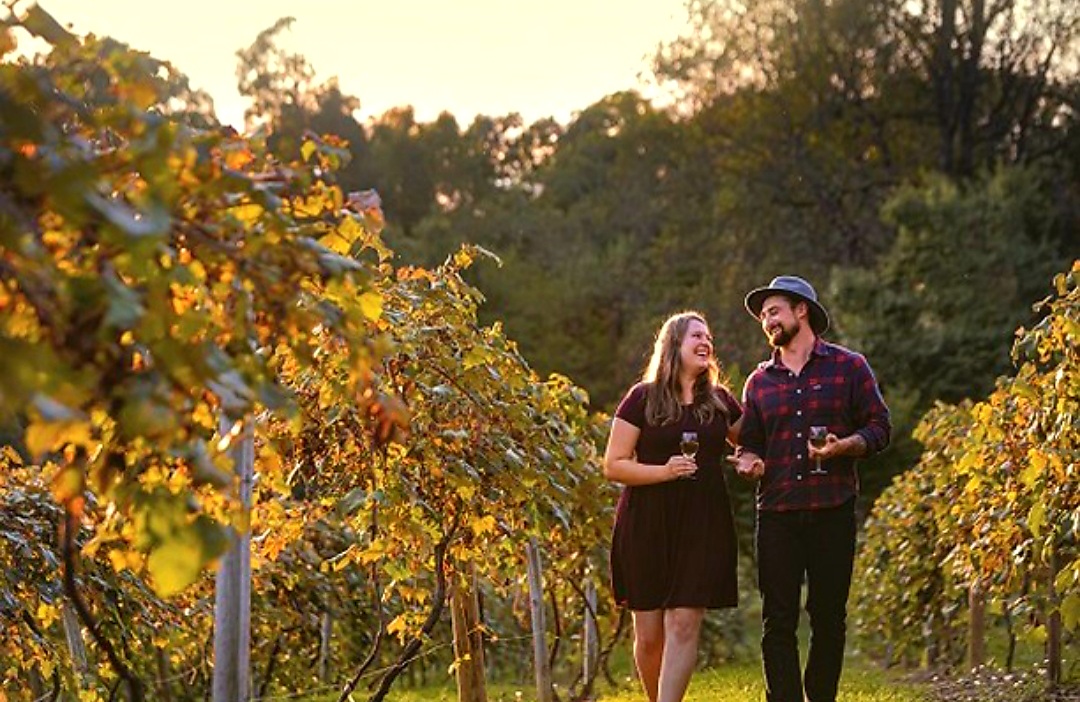
©Ohio wines
Appalachian Wine Trail
Two hundred years ago, the Foothills of the Appalachian Trail were a trackless forest, woven by meandering rivers and narrow Indian trails. Once the roads were built, this generous area of Ohio became a destination for entrepreneurs who built other roads, canals and railways. Today, those same hills are home to vineyards also thanks to a microclimate that is very favorable for the ripening of the grapes.
The area offers a wide variety of red, white and sweet dessert wines. The very suggestive panorama with luxuriant forests and small villages rich in history are some of the reasons why a visit to discover this wine trail is recommended.
Canal Country Wine Trail
The Ohio and Erie Canal was built in the early part of the 19th century and completed the final water connection, via the Ohio and Mississippi Rivers, between the Great Lakes and the Gulf of Mexico. In the 1800s, Ohio and the Erie Canal contributed to the emergence of significant agricultural and industrial developments that are influencing business to this day. Along the route of the Canal, visitors can explore the geological elements left behind by ancient glaciers. There are remnants of Native American cultures, pioneer settlements, and early railroads. The Southern Terminus Corridor (designated a National Heritage Corridor and encompassing Cuyahoga Valley Park) leads to world-famous Amish country and its colorful culture.
Capital City Wine Trail
The area is a network of wineries and vineyards located in and around Columbus. This route features a variety of high-quality wines as well as natural beauties such as parks and neighborhoods filled with lush nature.
Lake Erie Shores and Island Wine Trail
Includes a number of wineries located on or near Lake Erie in Northern Ohio. This route offers the chance to discover a wide range of local wines, including white, red, rosé, sparkling and dessert wines. Miles of pristine beaches, charming coastal towns and villages, legendary amusement parks like Cedar Point, abundant wildlife, and more make this area one of the most beautiful in the state.
Vines & Wines Trail
It’s a drive through the scenic Ohio River Valley, home to the highest concentration of wineries in the state. This route leads through rolling hills and lush vineyards, where it is possible to taste some of the best wines of the region.
Ohio River Valley Wine
The area has a network of wineries located around Cincinnati and surrounding regions. Secular winemaking traditions and special wine and food and wine events make the area an ideal destination for wine lovers.
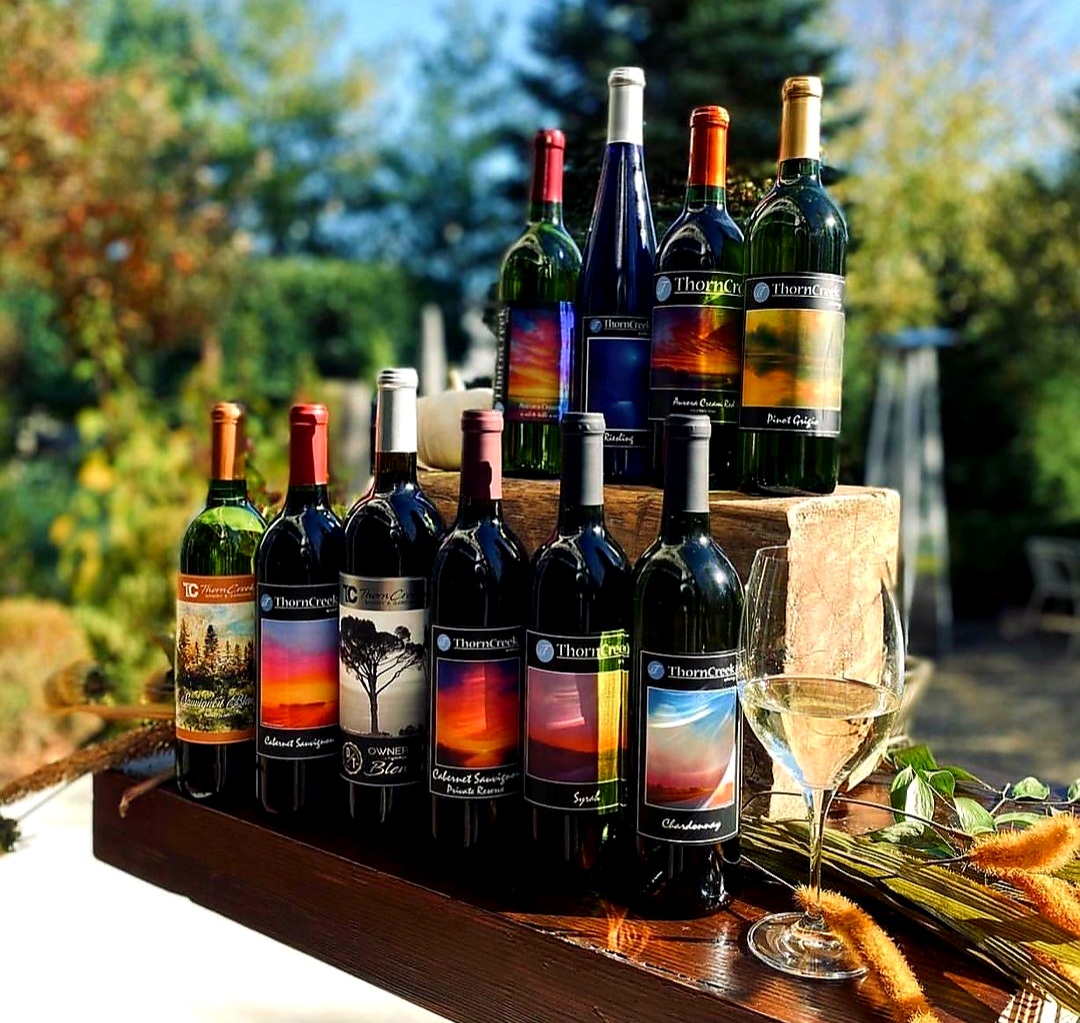
©Ohio wines
The Ohio AVAs
Currently, there are five AVAs in Ohio, an important recognition due to the variety of climate and terrain that make wine production special in the various areas of the state.
Ohio’s soil and drainage are ideal for growing a variety of grapes, and its latitude is similar to that of major European wine-producing countries. Additionally, the fertile limestone soils and moderate temperatures along the Ohio River and Lake Erie result in a richly flavored, high-quality grape.
Lake Erie
The Lake Erie AVA is an American viticultural area comprising 2,236,800 acres (905,200 ha) of land on the southern shore of Lake Erie in the United States of Ohio, New York and Pennsylvania. Over 42,000 acres (17,000 hectares) of the region are planted with vines.
Isle St. George
The Isle St. George AVA is an American wine area located on North Bass Island, an island in Lake Erie. Ottawa County’s only city on the island is also called Isle Saint George, although the “Saint” in the AVA name should be abbreviated to “St.” for use on wine labels. Over half of the island is planted with vines. Lake Erie is warmer than the other Great Lakes, providing a moderating and warming effect on the local climate. Temperatures on the island during the growing season can be warmer than on the mainland.
Grand River Valley
The Grand River Valley AVA is an American viticultural area located in portions of Lake, Geauga, and Ashtabula counties of northeastern Ohio. Like the Mosel, Bordeaux, and Sonoma/Russian River Valleys, the gently rolling landscape of the Grand River Valley American Viticultural Area (AVA) benefits from a climate moderated by the thermal effects of a large body of water, in this case Lake Erie toward the North.
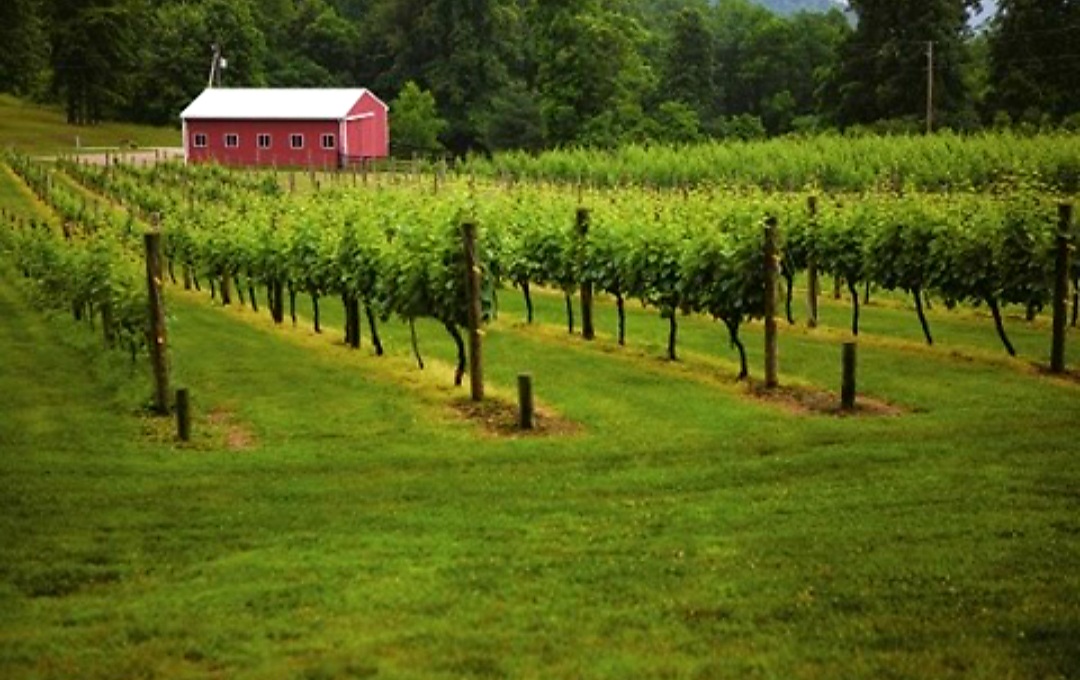
©Ohio wines
Ohio River Valley
‘Ohio River Valley AVA is an American viticultural area centered around the Ohio River and surrounding areas. It is the second largest appellation of origin wine in the United States (only the Upper Mississippi Valley is larger) at 16,640,000 acres (67,300 km2) in portions of the states of Indiana, Kentucky, Ohio and West Virginia.
Loramie Creek AVA
The Loramie Creek AVA is bordered by Loramie and Tuttle Creeks and State Route 47 in Shelby County. The Loramie Creek appellation currently does not have any operating wineries in its jurisdiction.


